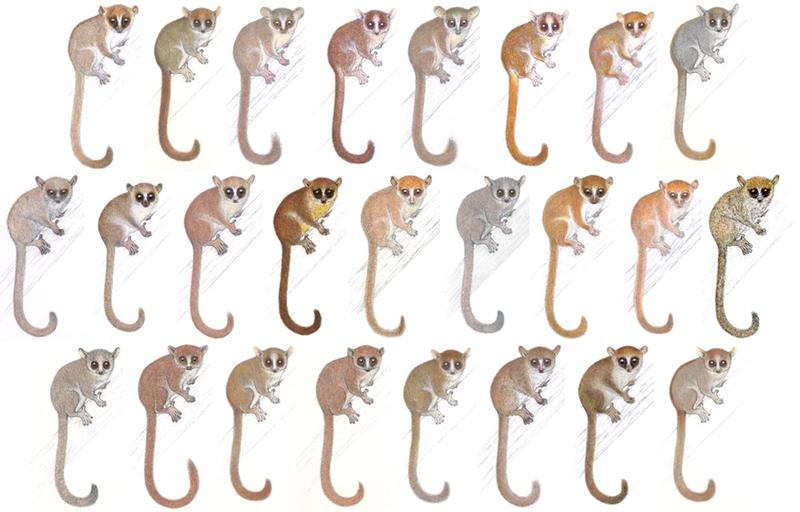Dr Daniel Hending explores the hidden world of cryptic species – often-overlooked groups which can be at serious risk of extinction – and why we should care about them.
Cryptic species are two or more almost physically indistinguishable species. Whether two or ten, they have historically been hard to detect and previously even considered the same species; only modern analyses have revealed their hidden biodiversity.
Like all living things, cryptic species are threatened by a range of anthropogenic processes, such as the destruction, fragmentation, and degradation of natural habitats, land-use change, overhunting, and climate change. Many cryptic species complexes also occur in global biodiversity hotspots, where habitat loss and other anthropogenic pressures are most profound.
Unlike more recognisable species, there are extra challenges scientists face when studying and protecting cryptic species. Data are always vital to making successful conservation decisions – but being only recently recognised, these are lacking for many cryptic species complexes. Non-biologists are often concerned with unique and charismatic species – often animals – while many biologists prioritise ‘keystone’ species and others that are similarly important for their ecosystem. So why should we care about cryptic species?

The mouse lemurs (genus Microcebus) are a cryptic species complex of 25species, once considered to be a single nominal species (M. murinus). They are almost morphologically indistinguishable from each other but can be identified by subtle discrepancies in pelage colouration (exaggerated in this figure) and their acoustic signals.
Illustrations copyright 2013 Stephen D. Nash/IUCN SSC Primate Specialist Group, used with permission
While maybe not as charismatic or “visually striking” as other taxa, cryptic species play a vital role in the ecological functioning of the ecosystems and habitats where they live. Many cryptic species groups are also economically – and even medically – important; new species may hold the potential for solving medicinal and food security problems in the future. Additionally, most of todays’ distinctive species started their evolution looking similar to others, so ignoring cryptic groups could lead to a reduced potential for new non-cryptic species to evolve.
The splitting of what was once considered one species into multiple creates immediate problems for conservation biologists. Where the original nominal species may have been spread over large areas, newly described cryptic species are often more geographically restricted and have smaller populations, making them at a much greater risk of extinction. Conservationists also often have little or no data on their distributions or ecology. With about 60% of new vertebrates described since 1990 being cryptic species, the challenge that this poses for successful conservation becomes obvious.
Some of these challenges can be tackled with existing identification and survey techniques, helping us find and gather data about cryptic species within their natural habitats – but more is needed. Large-scale surveys, inclusive and collaborative conservation efforts, and habitat and landscape-scale initiatives like protected area networks can all help to protect these mysterious species.
To read more about this topic, published in and the February 2025 cover of Biological Reviews, visit: https://doi.org/10.1111/brv.13139